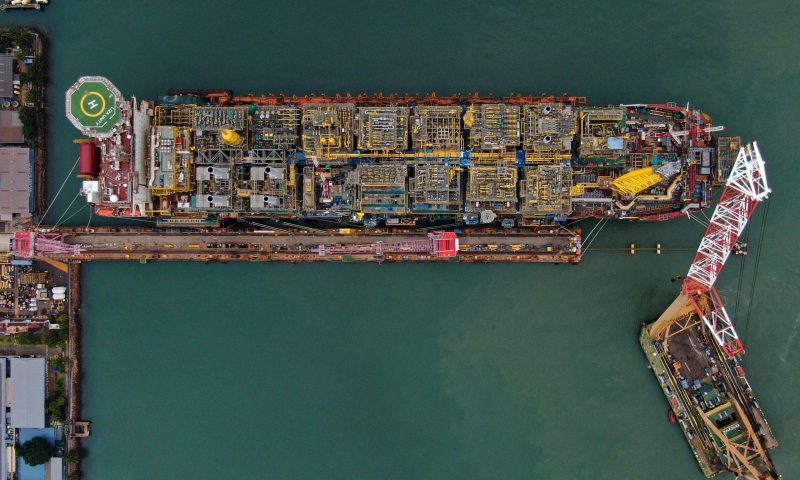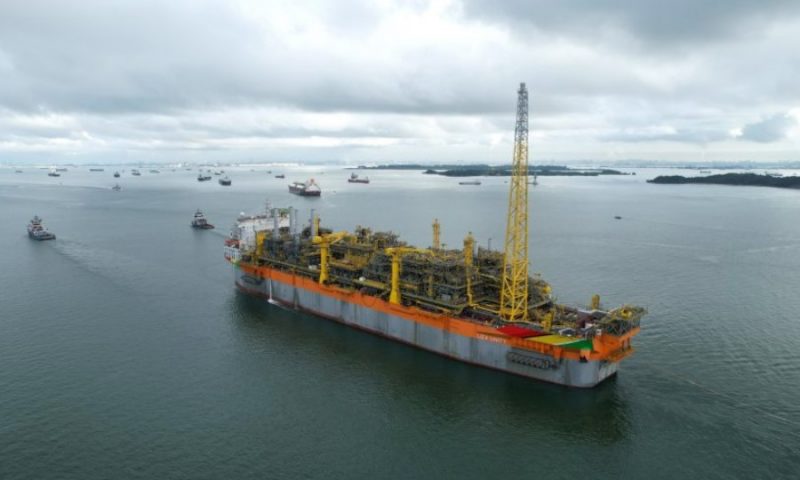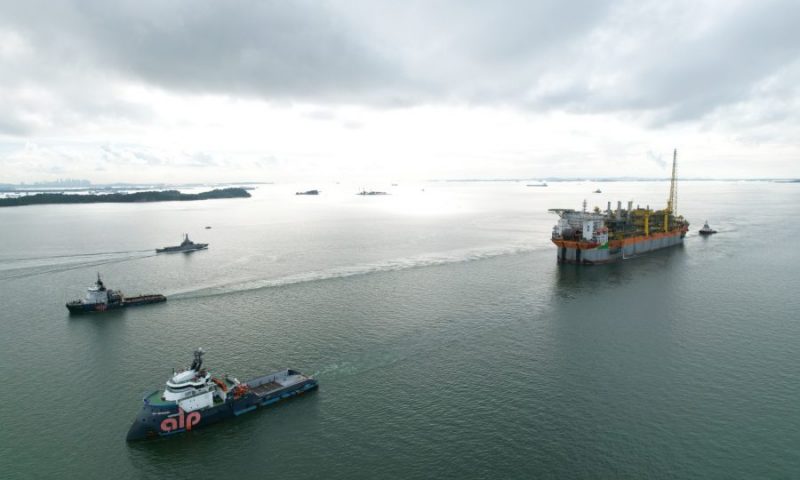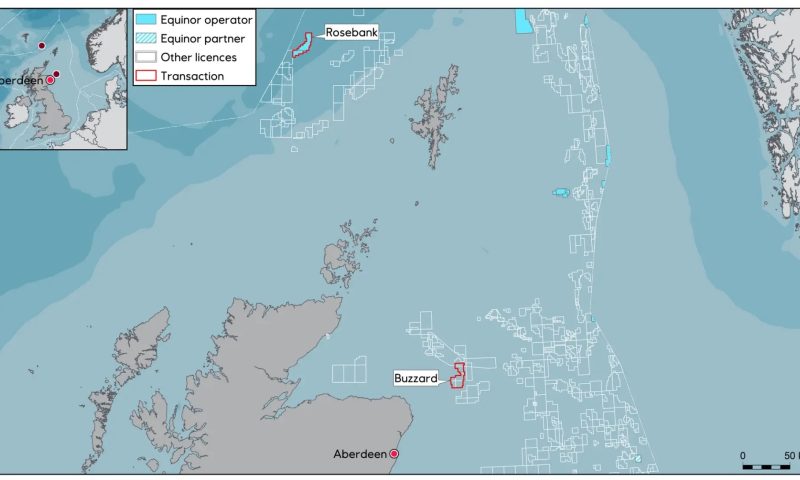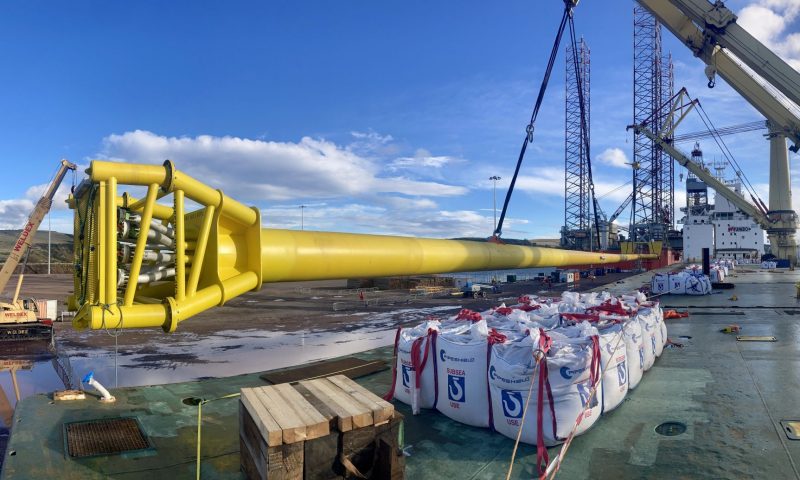
SBM Offshore´s Turritella FPSO Field-Proven Safe for Hurricane Season
The 2020 Atlantic hurricane season has been one of the most active to date and this is the first time that the Turritella FPSO has been disconnected to avoid a hurricane. The FPSO was successfully disconnected prior to the arrival of hurricanes Laura and Delta and was safely reconnected after the danger was past.
Four years after its installation in the Gulf of Mexico, SBM Offshore says they are proud that their BTM technology is helping our client Shell ensure safe operations for the crew of the Turritella FPSO.
A key necessity for the FPSO is to be able to face the severe meteorological conditions of the Gulf of Mexico. Incorporating the world’s largest disconnectable buoy, the BTM enables the FPSO to weathervane in normal conditions and to disconnect from the buoy in order to safely sail away prior to perilous weather impacting. The reconnection capability allows the FPSO to resume production once the hurricane has passed the location.
Pushing the boundaries of mooring technologies, the turret mooring system for the FPSO Turritella, designed by SBM Offshore in collaboration with Shell, resulted in two new world records for Turritella as:
- Since achieving first oil in September 2016, the FPSO has been disconnected and reconnected on an annual basis in compliance with US regulatory and safety rules.
- The world’s deepest floating oil and gas production system at 9,500ft (2,900m).
- The first use of steel lazy wave risers on a disconnectable Turret Mooring System.
- The TMS for the FPSO Turritella project required four enabling technologies to be developed, qualified and incorporated into the design:
-
- Firstly, as a consequence of the ultra-deep water and high pressure steel risers, the disconnectable buoy was much larger than used on any previous Turret Mooring System. The developed solution used syntactic foam blocks rather than traditional steel plate for the buoy construction.
- Secondly, to mate the massive buoy with the turret during reconnection, a novel heave compensation system was developed for pull-in operations.
- Thirdly, to connect the buoy to the turret a series of high capacity structural connectors were required, with capacities well above anything available in the industry.
- Finally, in order to adjust the tension in the mooring legs, an in-line tensioning device was developed and qualified to allow the tension to be adjusted from a work boat. This avoided the need to tension the mooring legs from the buoy and provides a novel means to compensate for any stretch in the polyester mooring legs during the life of the system, allowing future systems to be installed in even deeper water if required.




